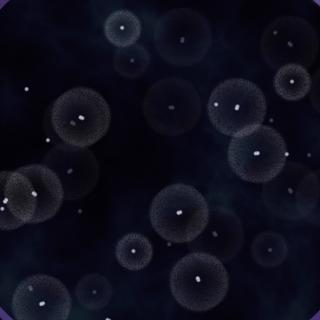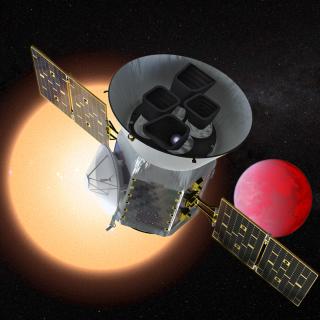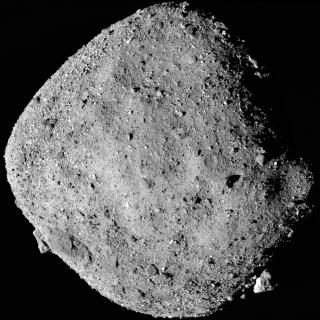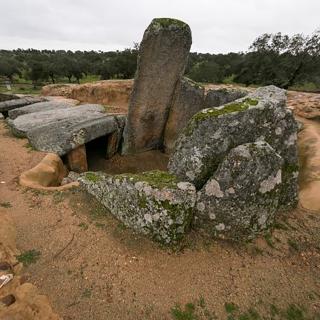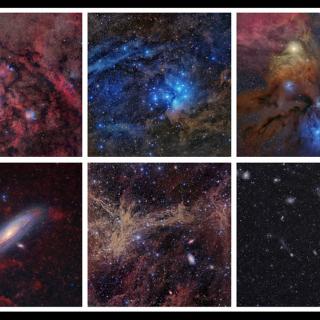
Desde la cumbre de Tenerife hasta el país del Sol naciente pasando por la capital administrativa de la Unión Europea. La exposición “100 Lunas cuadradas”, compuesta de nueve espectaculares imágenes del cielo, viaja durante el mes de abril a Tokio, donde se inaugurará el próximo día 5 en la sede del Instituto Cervantes en Japón para luego trasladarse a la Universidad Femenina de Ochanomizu. También podrá visitarse en la sede del Parlamento Europeo en Bruselas, acompañada de la maqueta del European Solar Telescope (EST), el que será el mayor telescopio solar de Europa; será inaugurada el
Advertised on
